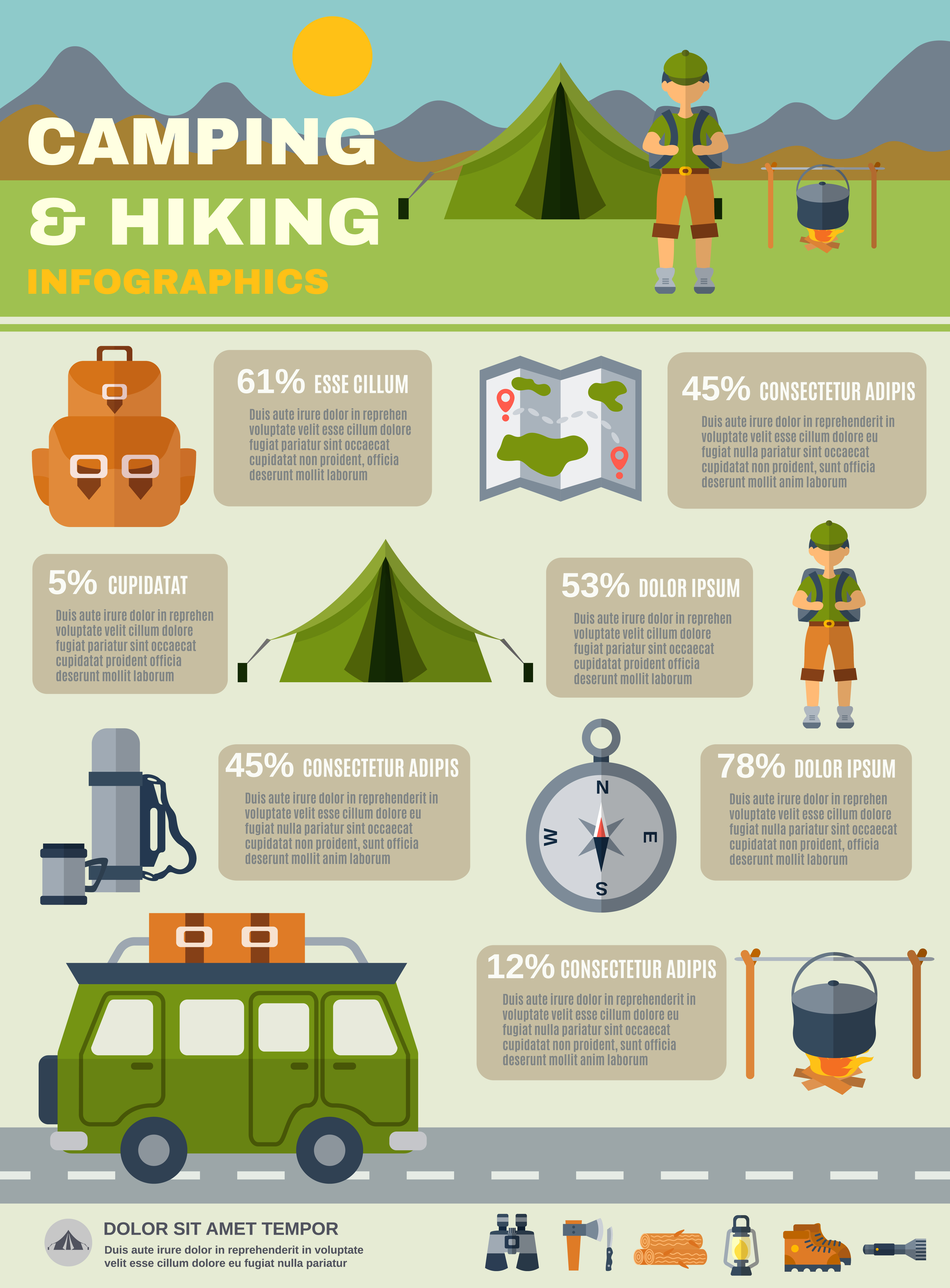The rain fly is a necessary component of your outdoor tents, securing it from rain, wind and rough sunlight. Whether you pick a roomy multi-room outdoor tents or lightweight backpacking outdoor tents, you'll find that a top quality rainfly improves your outside experiences.
Search for a rainfly with resilient materials and a high water-proof ranking. Think about the weight and packability of a rainfly when choosing it for backpacking trips.
Resting Camping tent
A rainfly offers extra defense for your outdoor tents from unexpected showers. Its design disperses rainfall and snow and assists prevent water from merging on the top of your camping tent. This can cause the textile to droop and cave, leading to leakages.
Modern rainfly materials include polyurethane or silicone layers to use phenomenal waterproofing. Lots of likewise feature secured seams to stop water from dripping with sewing. Some also have reflective patches to aid you find your tent in low-light problems.
Select a rainfly that mirrors the climate and outdoor camping problems you experience most often. As an example, desert campers need a rainfall fly that blocks wind and UV rays. Backpackers need to consider ultralight rainfall flies to minimize pack weight without jeopardizing protection. Search for flexible add-on factors that allow you to alter the stress on the fly to guarantee that it is tight and positioned effectively to prevent leakages. A well-positioned rainfly can also control temperature and lower condensation inside the camping tent.
Tarp
Tarps are functional pieces of camping equipment, and a tarpaulin shelter can be among one of the most comfy options for camp. Along with being able to be set up in unlimited methods, tarps additionally have a tendency to call for less equipment than camping tents and are much lighter in weight.
A significant advantage to tarpaulin sanctuaries is that they permit sufficient ventilation. While this can be a drawback for some campers, who may favor to have a more enclosed space, it is an essential factor in keeping owners from overheating and lowering the accumulation of condensation that can endanger the fabric.
Just like other setups, when establishing a tarpaulin sanctuary, see to it the ridge line is established at an angle to help direct rain and snow away from the sanctuary. An excellent ridgeline can likewise keep wind from blowing the tarp around. Guarantee the tarp is protected effectively with appropriate linking strategies, such as a prusik knot (or gliding knot), at elevations that create sufficient head room and are not a tripping danger, and incline the tarpaulin properly for water drainage.
Coverage
A rainfly is just one of one of the most crucial pieces of camping devices to prompt any type of trip. It protects your camping tent from weather condition that can promptly alter, enabling you to stay comfy and enjoy your wilderness journeys.
Modern rainfall fly styles provide more than simply water resistant defense. Some have integrated photovoltaic panels to help you keep charged on the move, while others have flexible vents for air movement to minimize condensation buildup. Choosing a rainfly that fits your needs and preferences is vital for the general experience.
Seek lightweight fabrics, such as nylon or polyester, and polyurethane coverings to improve water resistance. Additionally take into consideration the rainfly's head hydrostatic stress rating, which helps you gauge its capability to endure rains and wind. Keep in mind that rain flies typically have to be cleaned after each use, since dirt can wear on the waterproof layer. It's best to clean and shop it in a cool, dry place to avoid mold and mildew and mold.
Shelter
A rainfly is a vital piece of equipment for your hammock, protecting you from the components and ensuring that you can sleep comfortably. When picking a rainfly, take into consideration the environment and problems in which you'll be outdoor camping. For instance, tropical environments may call for a rain fly that has high humidity and UV security. Other considerations include textile kind and weight. Seek alternatives that are light-weight and made from resilient eco-friendly bag materials that resist abrasions and discolorations.
If you do not have a rainfall fly, you can create a makeshift shelter using a tarpaulin. Nonetheless, it's finest to set up your rain defense initially before putting up the remainder of your outdoor tents. This makes sure that you can rapidly and easily enter and out of your hammock in the event of a sudden tornado or change in climate. Additionally, make sure that your rainfall fly is appropriately anchored to avoid waving in the wind. Keep in mind that rain flies and pest internet ought to be cleaned up frequently to prevent mud, mold and mold and mildew from building up over time.
